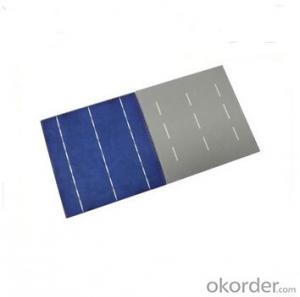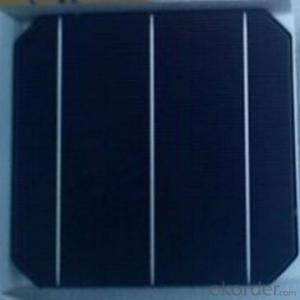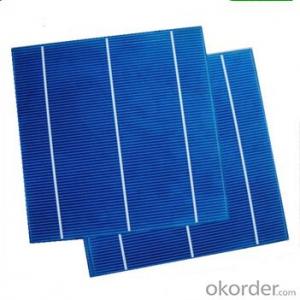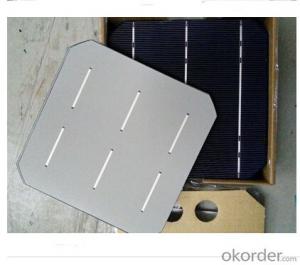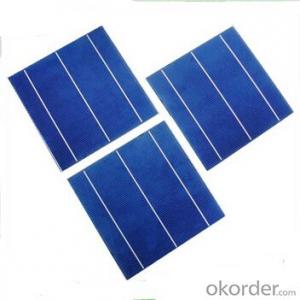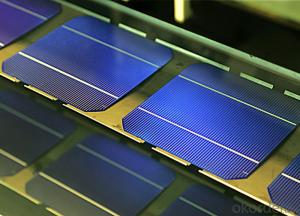Cubesat Solar Cells
Cubesat Solar Cells Related Searches
Except For Solar Cells Weegy Problems With Solar Cells High Power Solar Cells Light Trapping In Solar Cells High Performance Solar Cells High Output Solar Cells High Wattage Solar Cells Energy Transfer In Solar Cells High Efficiency Hvac Systems Recombination In Solar CellsHot Searches
Cheap Solar Cells For Sale Flexible Solar Cells For Sale Q Cells Solar Panels For Sale Printed Solar Cells For Sale Bulk Solar Cells For Sale 6x6 Solar Cells For Sale Broken Solar Cells For Sale Cpv Solar Cells For Sale Photoelectric Cells For Sale Price Of Silicon Solar Cells Price Of Solar Cells Over Time Buy Solar Cells From China Cheap Solar Cells China Best Type Of Solar Cells Flexible Solar Cells Price Q Cells Solar Panels Price 3 Types Of Solar Cells Production Of Solar Cells Common Types Of Solar Cells Q Cells Solar Panel PricesCubesat Solar Cells Supplier & Manufacturer from China
Okorder.com is a professional Cubesat Solar Cells supplier & manufacturer, offers integrated one-stop services including real-time quoting and online cargo tracking. We are funded by CNBM Group, a Fortune 500 enterprise and the largest Cubesat Solar Cells firm in China.Hot Products
FAQ
- The role of anti-reflective coatings on solar cells is to minimize the reflection of sunlight off the surface of the cells, allowing more light to be absorbed and converted into electricity. This improves the overall efficiency and performance of the solar cells.
- What is the most commonly used material for solar cells?
- Because of the commercialization of solar cells. The variety of solar cells includes monocrystalline silicon solar battery, poly silicon solar cell, non crystalline silicon solar battery, there are also,cadmium, copper indium, etc.
- Yes, solar cells can be used in water, but they must be specifically designed for underwater use to ensure their functionality and durability.
- Solar cells can be negatively affected by high levels of air pollutants. The pollutants, such as smog and particulate matter, can reduce the amount of sunlight reaching the solar cells and lead to a decrease in their efficiency. Additionally, pollutants can accumulate on the surface of the solar panels, further reducing their performance. Regular cleaning and maintenance of the solar cells can mitigate some of these effects, but in areas with persistently high levels of air pollutants, the overall performance of solar cells may be compromised.
- How many years should I spend in the solar cell industry to be a good solar cells sales person?
- Personally, I think 4 years will be good enough to be a really good solar cells sales, and you can accumulate a lot of client based and resources.
- Yes, solar cells can be used to power streetlights. Solar-powered streetlights use solar panels to convert sunlight into electricity, which is then stored in batteries. This stored energy is used to power the streetlights during the night, making them an eco-friendly and cost-effective lighting solution.
- What is the solar cell production process
- There are a dozen types of semiconductor materials for solar cells, so there are many types of solar cells. At present, the most mature technology, and has commercial value, the market's most widely used solar cells are silicon solar cells
- Yes, solar cells can be used in indoor lighting applications. However, since solar cells require sunlight to generate electricity, they may not be as efficient in indoor settings where natural light is limited. Additionally, the amount of energy generated may not be sufficient for high-powered indoor lighting, making solar cells more suitable for low-power applications or as supplemental lighting sources.




















